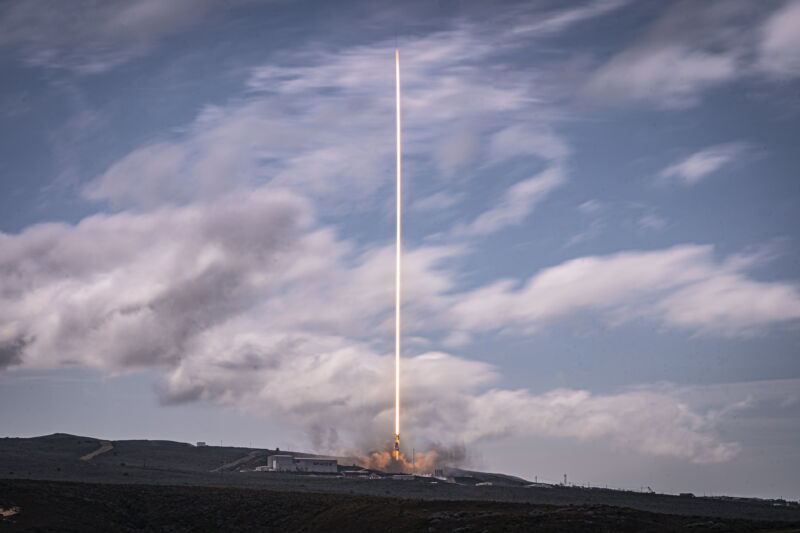
SpaceX
Is it possible that SpaceX has made orbital launches boring? Increasingly, it seems that the answer to this question is Yes.
The California-based company launched two Falcon 9 rockets on Friday in just over four hours. At 12:26 p.m. local time, a Falcon 9 rocket lifted 52 of SpaceX’s Starlink satellites into low Earth orbit from a launch pad at Vandenberg Space Force Base in California. Just 4 hours and 12 minutes later, another Falcon 9 rocket sent two large communications satellites into geostationary transmission orbit for Luxembourg-based satellite company SES from the Kennedy Space Center.
This broke the SpaceX record for the shortest duration between two launches. However, the overall record for the shortest time between launches of the same rocket still belongs to the Russian-made Soyuz spacecraft. In June 2013, Roscosmos launched the Soyuz booster from Kazakhstan, and Arianespace launched the Soyuz from French Guiana in two hours. But these launches were conducted by two separate space agencies on separate continents.
Acceleration
Friday’s launch of the two SES satellites was, overall, SpaceX’s 19th orbital mission for the calendar year. As of today, the company launches a Falcon every 4.1 days and is on track to launch approximately 90 rockets before the end of 2023.
To put this in perspective, a decade ago the United States launched an average of 15 to 20 orbital rockets a year. In 2022, the United States logs its largest launches of any calendar year ever, with 78 orbital flights. This year, barring a catastrophic accident with the Falcon 9 Booster, that number will easily reach triple digits. The record for all orbital launches in a single year was set by the Soviet Union, at 101, in 1982.
A decade ago, SpaceX was still an upstart in the global launch industry. In 2013, it launched a Falcon 9 rocket three times in one year for the first time. It was actually such a huge achievement for the company that it delivered both a second launch pad at Vandenberg Air Force Base and a heavily upgraded variant, the 1.1, of the Falcon 9 rocket. It also flew commercial missions for the first time and began experimenting with ocean landings.
In that competitive environment a decade ago, SpaceX still lags far behind its main competitors, including Roscosmos, Europe-based Arianespace, and US-based United Launch Alliance. Those numbers have swung wildly this year. As of today, Russia has launched three rockets, two Soyuz and one Proton, in 2023. Arianespace has yet to launch a single mission, nor has United Launch Alliance.
It is no longer a competition
In other words, SpaceX’s main competitors over the past decade have launched three rockets this year. By comparison, SpaceX just launched three rockets in three days, including the CRS-27 mission that was flown to NASA on the evening of March 14th. Increasingly, only the combined efforts of the Chinese government and the emerging commercial launch sector can challenge SpaceX’s launch dominance. That country has had a total of 11 launches over the course of this year.
SpaceX founder Elon Musk said he would like the launch industry to achieve airline-like operations using rockets one day. His company isn’t there yet, as it takes two weeks to land, refit, and relaunch the Falcon 9 first stage. Still, each mission requires an entirely new second stage. And the fastest turnaround time at the three launch pads, Cape Canaveral and Kennedy Space Center in Florida, and Vandenberg in California, is still about a week for each facility.
But they sure have come a long way in a decade.

“Twitteraholic. Total bacon fan. Explorer. Typical social media practitioner. Beer maven. Web aficionado.”
